
Culture
Icelandic Folklore 101: From Hidden Elves to Iceland’s Own Loch Ness Monster
Icelandic folklore, steeped in centuries-old tales of Norse and Celtic origins, is a unique blend of myth, natural wonder, and superstition. Its lore includes a vast array of supernatural beings, each adding to Iceland’s mystique, from mischievous elves and towering trolls to menacing ghosts and terrifying sea creatures. Here’s an exploration of some of these legendary beings and the cultural history that sustains their tales.
Historical Roots of Icelandic Folklore

Iceland’s folklore began with Norse settlers in the 9th century, who brought tales rooted in Viking culture, often chronicling the harshness of survival in Iceland’s rugged environment. Over time, these stories evolved, merging with Celtic influences and later Christian themes, creating complex narratives about humanity's relationship with nature and the supernatural. The Sagas, like the famed *Heimskringla* by Snorri Sturluson, weave these mythical elements into the fabric of Icelandic history, often featuring supernatural forces that reflect Iceland's dramatic landscapes.
The Hidden Folk and Elves

One of the most revered elements in Icelandic folklore is the "Huldufólk," or Hidden People. Elves, part of this hidden world, are seen as guardians of nature. Icelanders traditionally believe these beings inhabit rocks and hills, and out of respect, even construction projects are rerouted to avoid disturbing their supposed dwellings. On special nights, like Midsummer’s Eve and New Year’s Eve, elves are thought to become more visible. It's said that if someone resists their tempting gifts, they will be granted luck. The Hidden Folk also engage in otherworldly exchanges, such as leaving a changeling in place of a stolen child. Their role in Icelandic culture is so pronounced that they continue to be celebrated with festivities and folklore-themed tours in places like Hafnarfjörður, where the Hidden Folk are particularly prominent.
Trolls and Grýla
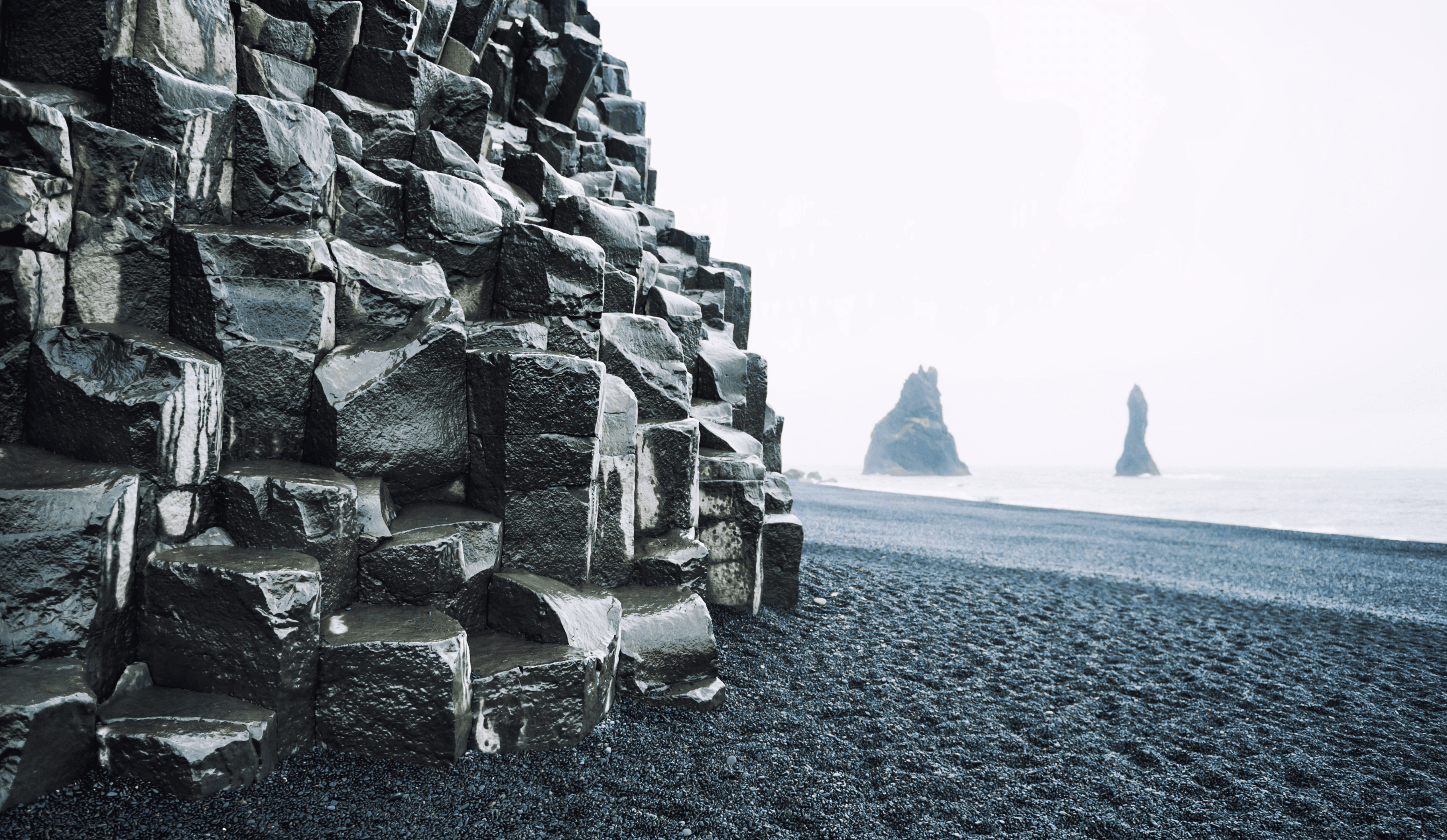
Trolls are central to Icelandic myth and differ from other mythological beings in that they are sensitive to sunlight, which petrifies them into stone. Numerous rock formations across Iceland, such as the Reynisdrangar pillars near Vík, are said to be trolls frozen in time. Trolls often embody the forces of nature—strong, wild, and sometimes vengeful. Grýla, one of the most infamous trolls, embodies fearsome folklore, especially around Christmas. This ogress, who lives in the lava fields of Dimmuborgir, is said to capture and eat misbehaving children. Her sons, the Yule Lads, are notorious pranksters who visit children in the days leading up to Christmas, leaving small gifts or rotten potatoes depending on their behavior.
The Yule Cat and the Jólasveinar
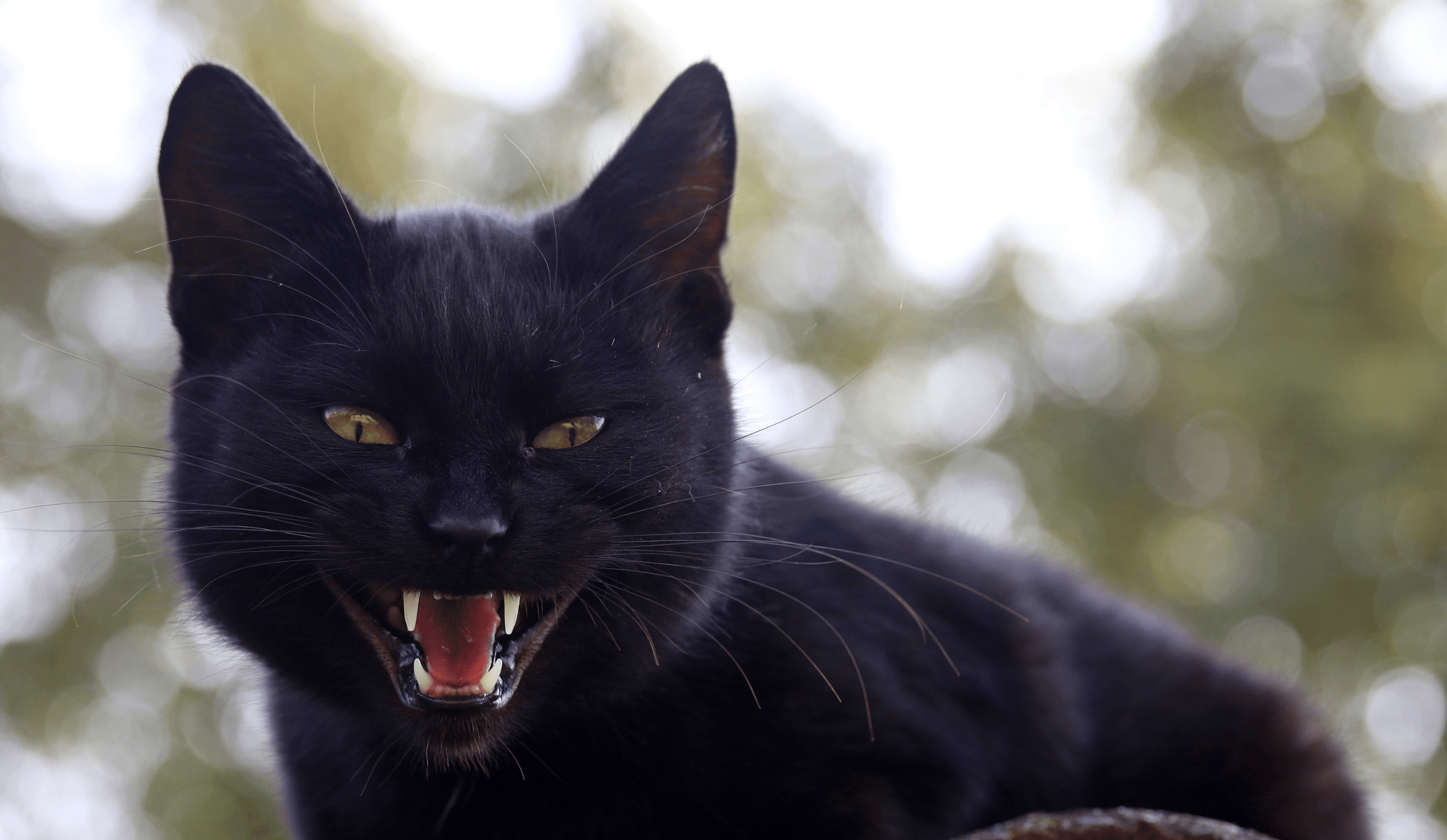
Alongside Grýla, the Yule Cat is a massive feline creature known to roam the Icelandic countryside around Christmas, devouring anyone who has not received new clothes as a holiday gift. This eerie character serves as a reminder of traditional Icelandic values of hard work and gift-giving, urging children to be diligent and ensuring they receive new clothes for the holiday. The Yule Lads, Grýla's thirteen sons, have become Iceland's equivalent of Santa Claus figures. Each of the lads has a distinct personality and mischievous tendency, such as Spoon-Licker, Door-Slammer, and Candle-Stealer, who carry out amusing pranks that add a humorous touch to their frightful origins.
Ghosts and Zombies
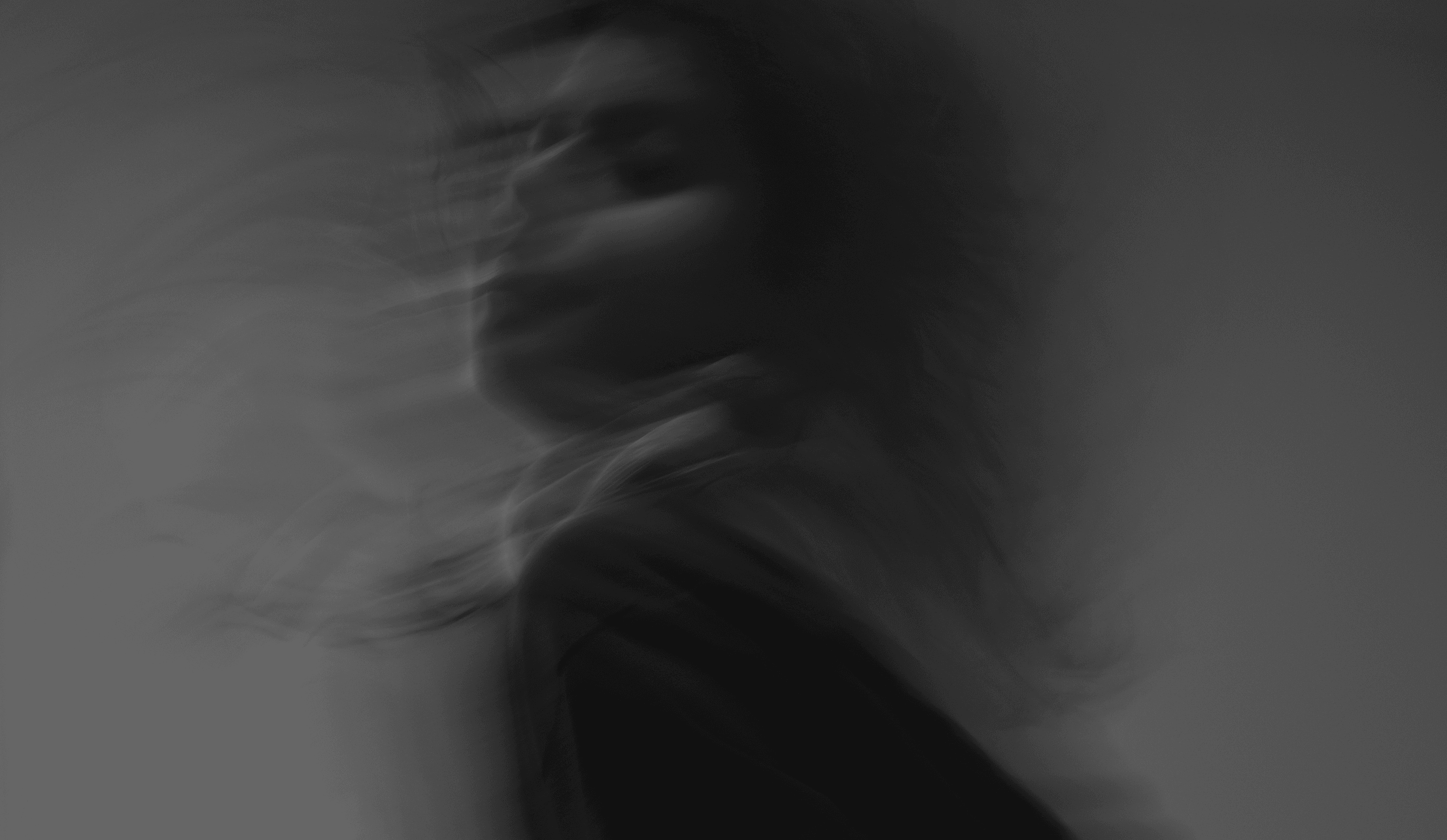
Ghost stories in Iceland are diverse, often shaped by the country’s dark winters and isolated landscapes. Icelandic ghosts typically fall into three types: revenants who return from death, zombies animated through magical spells, and haunting spirits known as "followers" that trouble specific people or families. One of the most famous ghost stories is about the Deacon of Myrka, who dies en route to meet his love and later returns to try to drag her into his grave, a classic Icelandic ghost tale mixing love with terror. Another notable ghost is Gunna, a vengeful spirit on the Reykjanes peninsula, who caused turmoil until a local wizard subdued her by confining her spirit to a hot spring, which now bears her name, Gunnuhver.
Sea Monsters and the Lagarfljót Worm

Icelandic waters are home to legendary creatures, including the Lagarfljót worm, a massive sea serpent believed to inhabit Lake Lagarfljót. Its story goes back to 1345, when it was said to have grown from a small worm placed in a girl’s chest of gold to guard it. When the worm outgrew its box, it was cast into the lake, where it allegedly transformed into a monster. Sightings of the Lagarfljót worm have persisted into the 21st century, with tales continuing to captivate visitors and locals alike. Another sea creature, the Nykur, is known for its deceptive charm—it appears as a beautiful horse with backward hooves, luring unsuspecting riders to their doom in the water.
The Cultural Impact of Folklore in Iceland
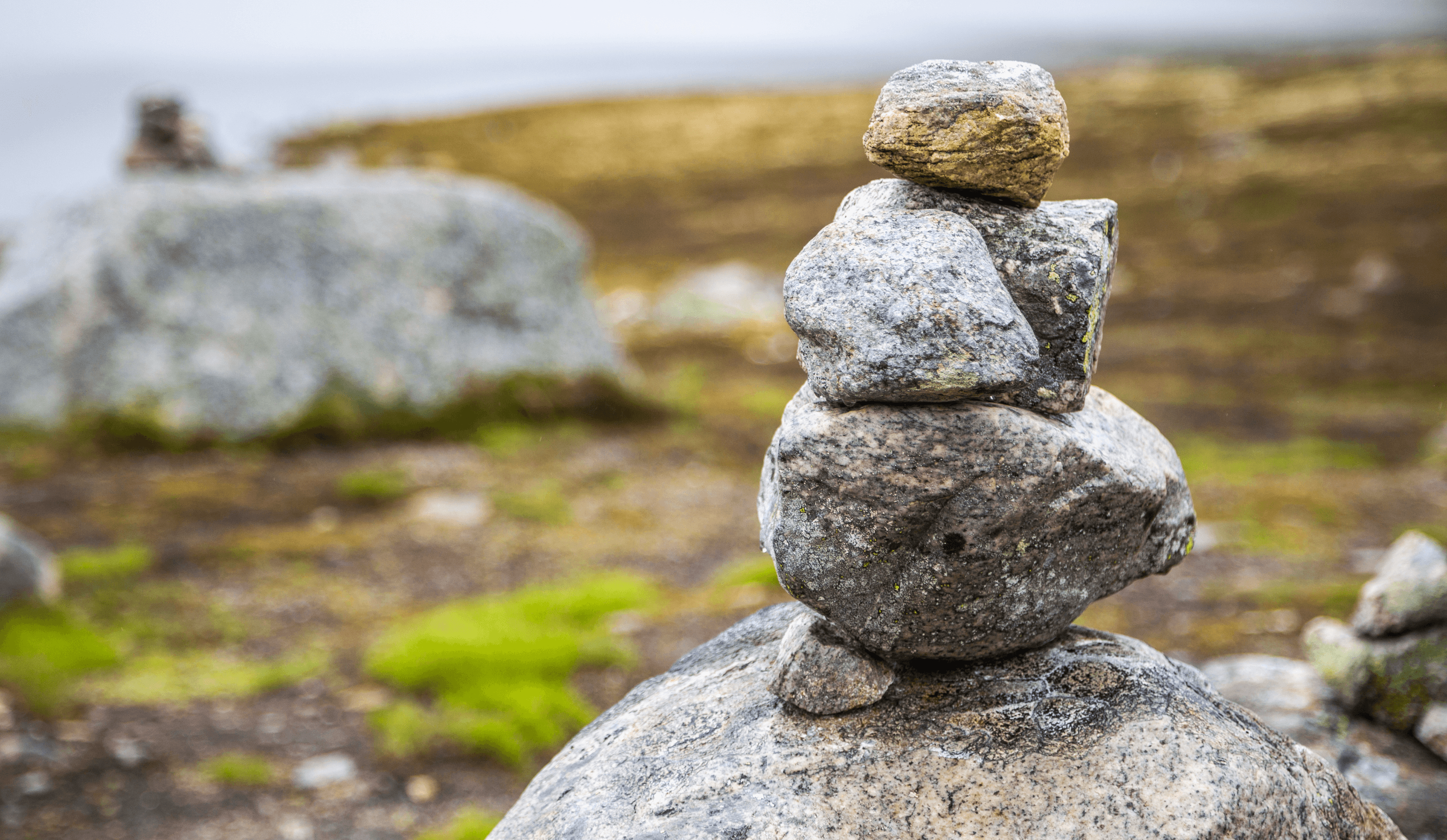
Icelandic folklore continues to shape Icelandic culture today, with numerous museums, festivals, and landmarks celebrating these mythical beings. Modern Icelanders often approach these legends with a mix of humor and reverence, recognizing the role they play in their national identity and in drawing tourists eager to encounter this enchanting side of Icelandic heritage. Locations like Dimmuborgir and Reynisfjara attract many visitors curious about the eerie tales that surround these natural wonders.
Icelandic folklore is a vibrant and integral part of the country’s culture, embodying the interplay between humanity and the formidable forces of nature. From the hidden elves and towering trolls to ghostly apparitions and legendary sea monsters, these tales continue to live on in Iceland’s cultural landscape, capturing the imaginations of all who venture into the land of fire and ice. Iceland’s mythology reminds us of the powerful role storytelling plays in human culture, as well as how these stories endure, adapting and evolving to resonate with each new generation.
POPULAR ACTIVITIESPowered by:

We recommend booking tours and activities with our friends at Reykjavík Tourist Info. They offer all the most popular things to do, and their prices are always great. Here are a few of our favorite tours.
On their site you can see everything they have to offer: www.RTI.is
EXPLORE FURTHER
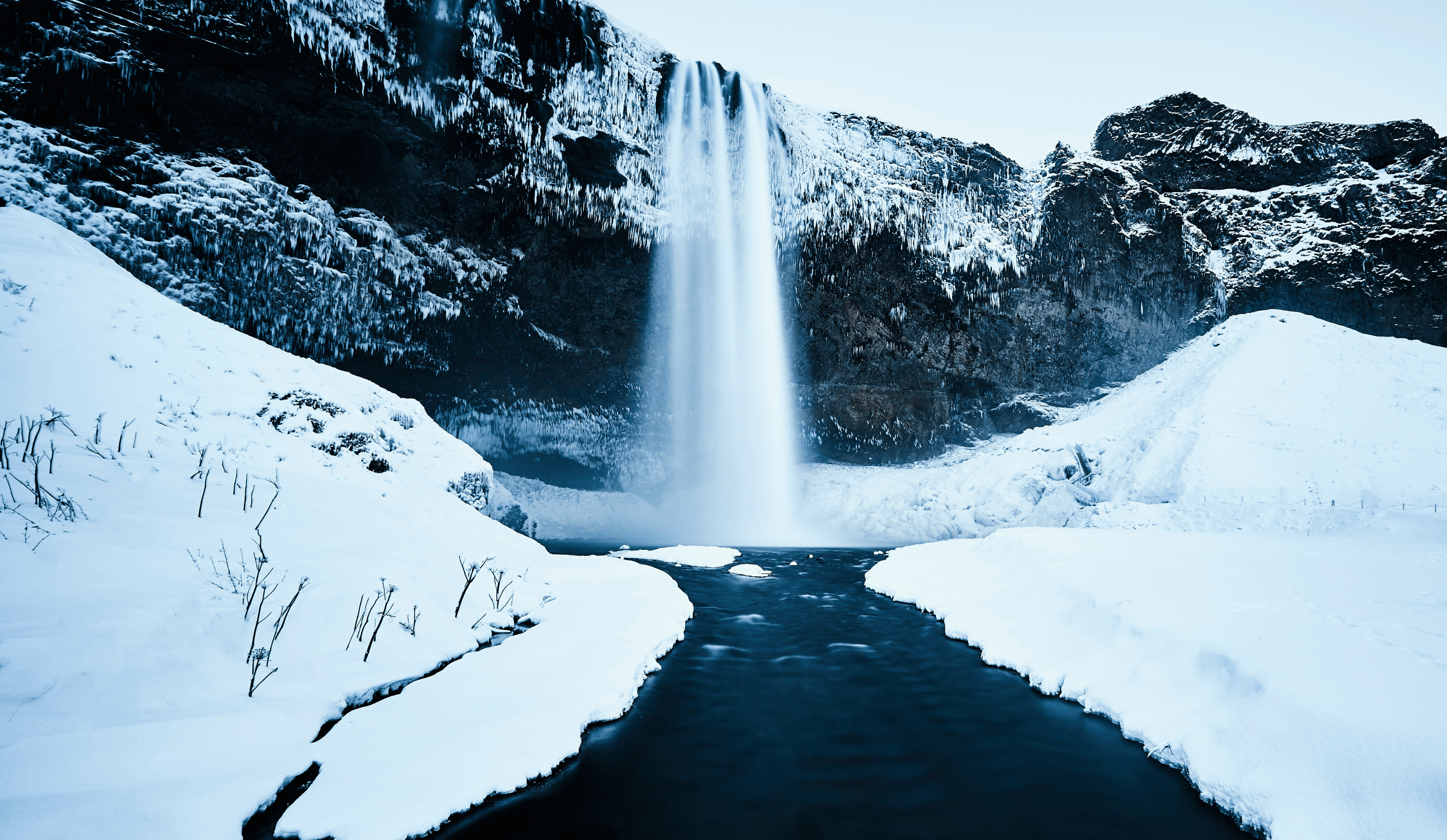
Discovering Iceland's Winter Magic: The Ultimate Guide to Winter Activities
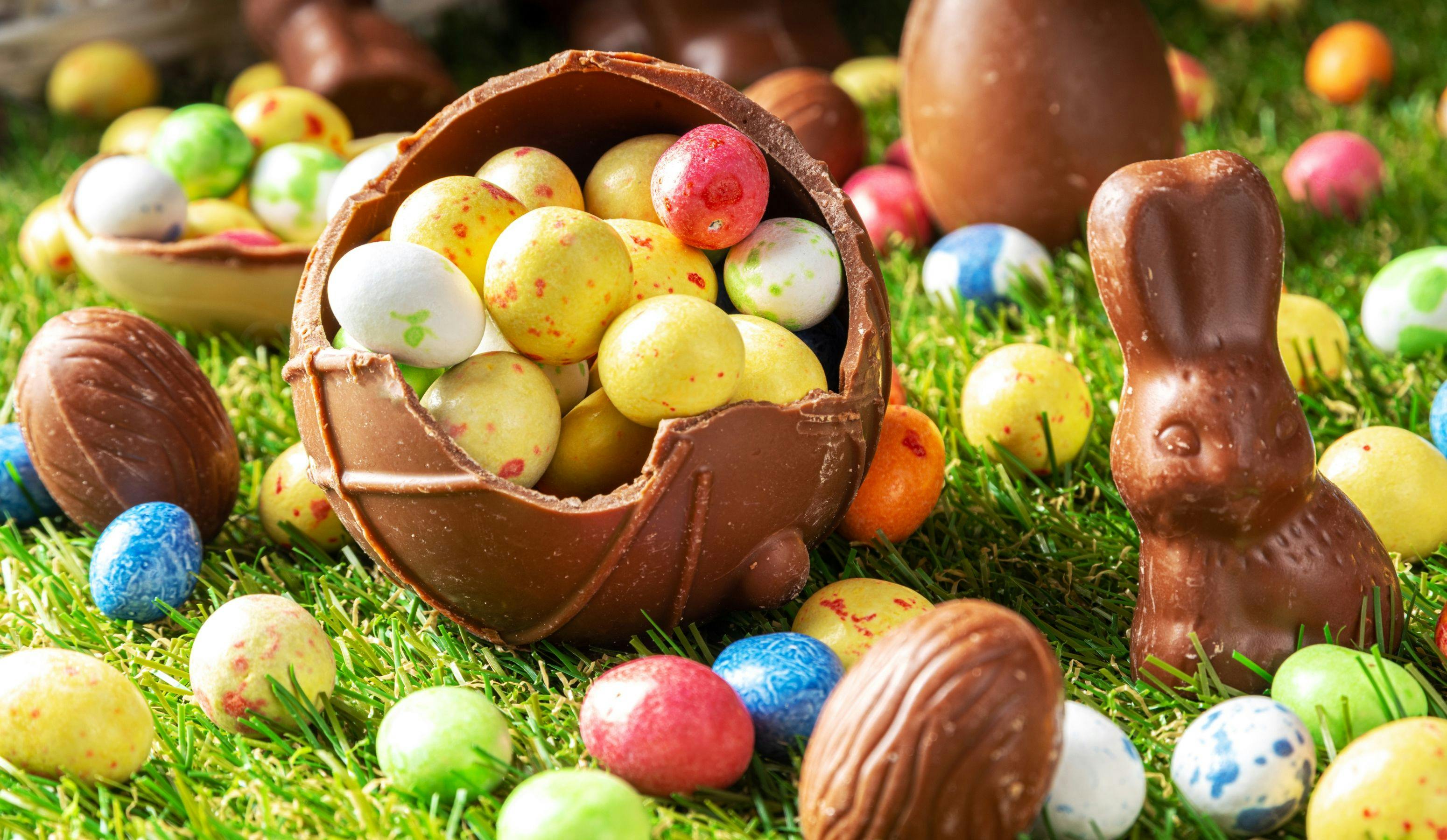
Visiting Iceland During Easter: Unique Traditions, Food & How to Navigate the Holiday
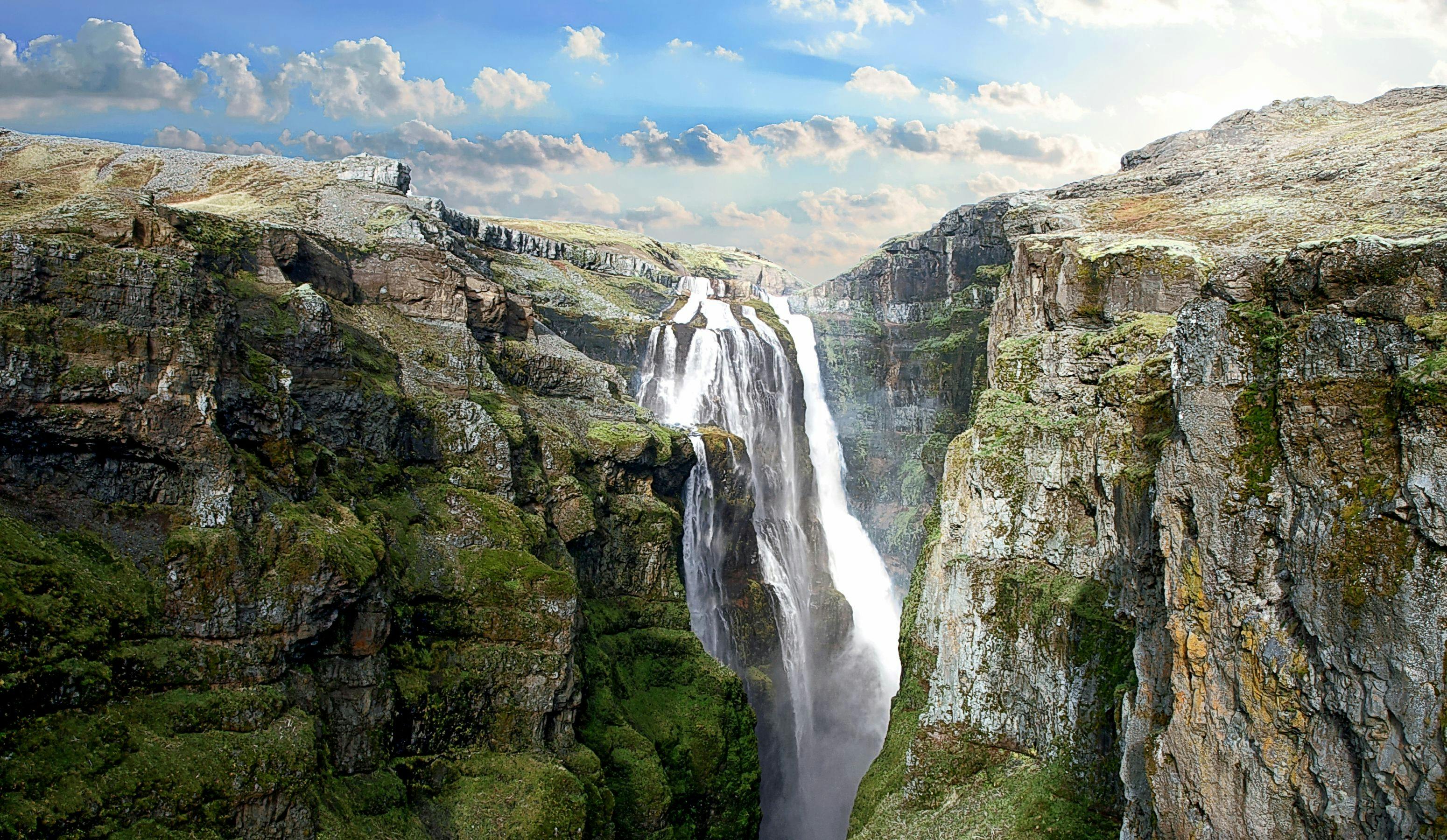
Beginner-Friendly Hiking Trails to Explore

Discover the Magic of the Northern Lights at Aurora Reykjavik: The Northern Lights Center
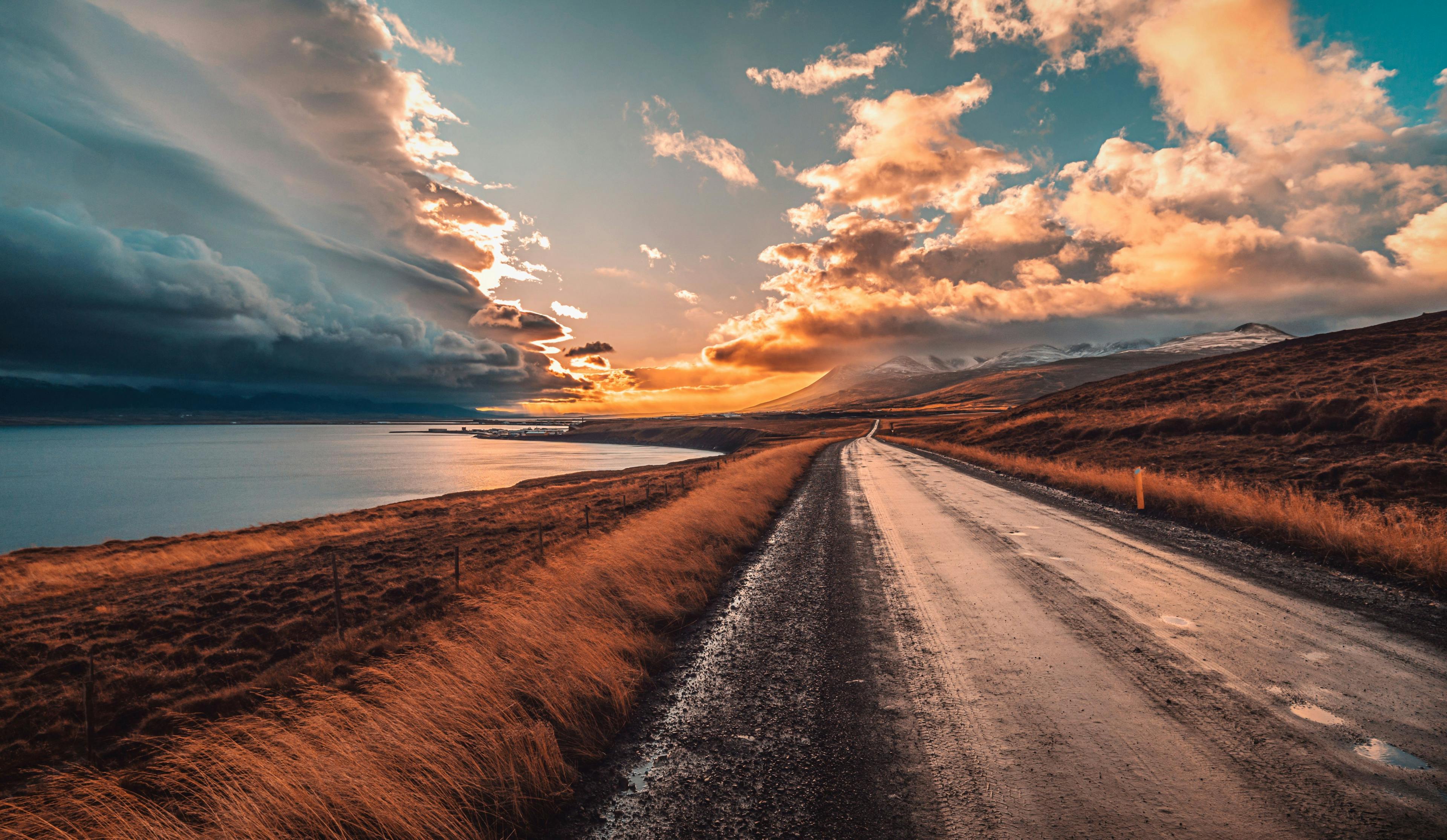
Driving in Iceland FAQ


Exploring Iceland in April: A Comprehensive Guide for the Start of Spring in the Country
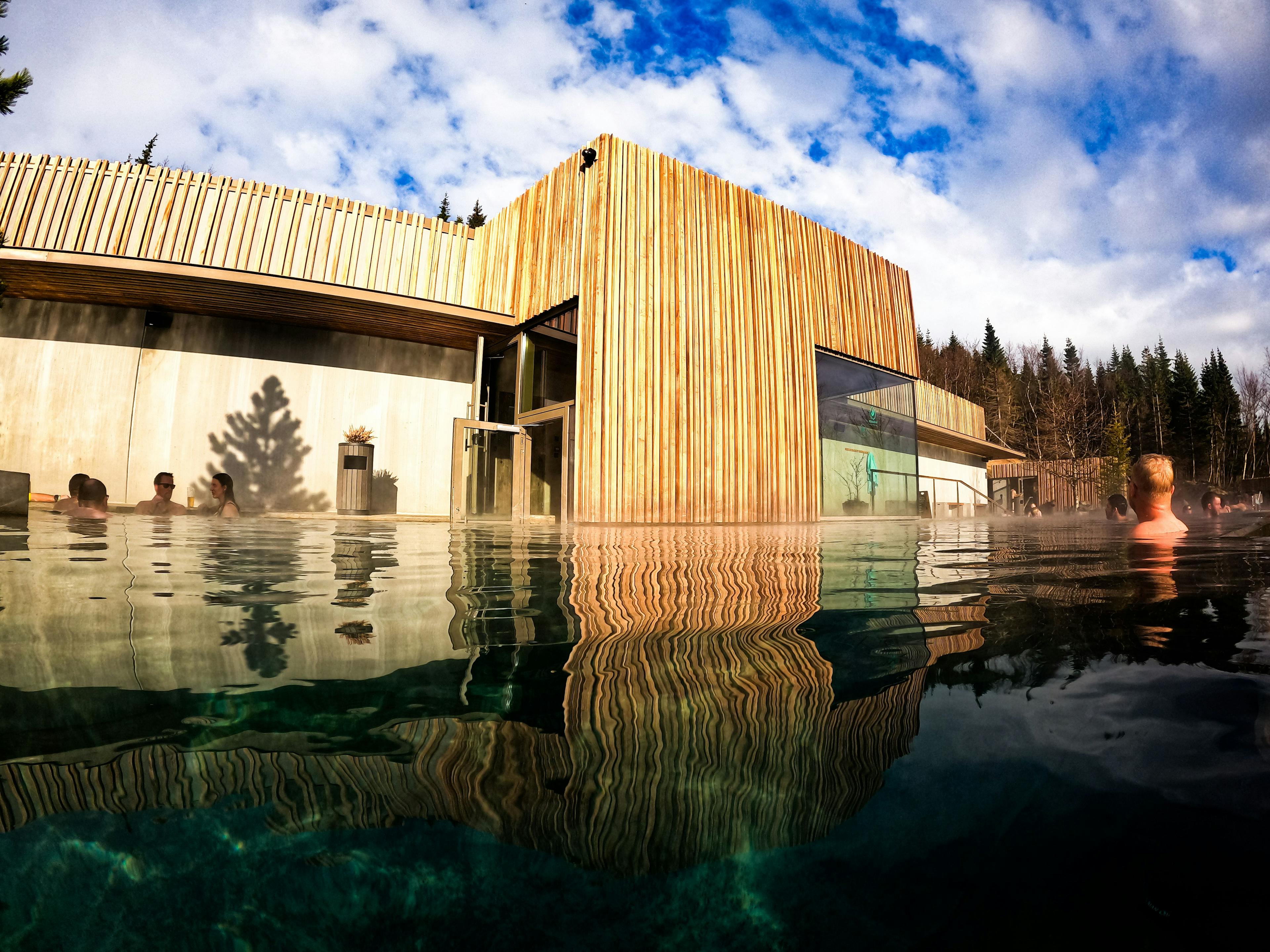
Unveiling the Beauty of Forest Lagoon

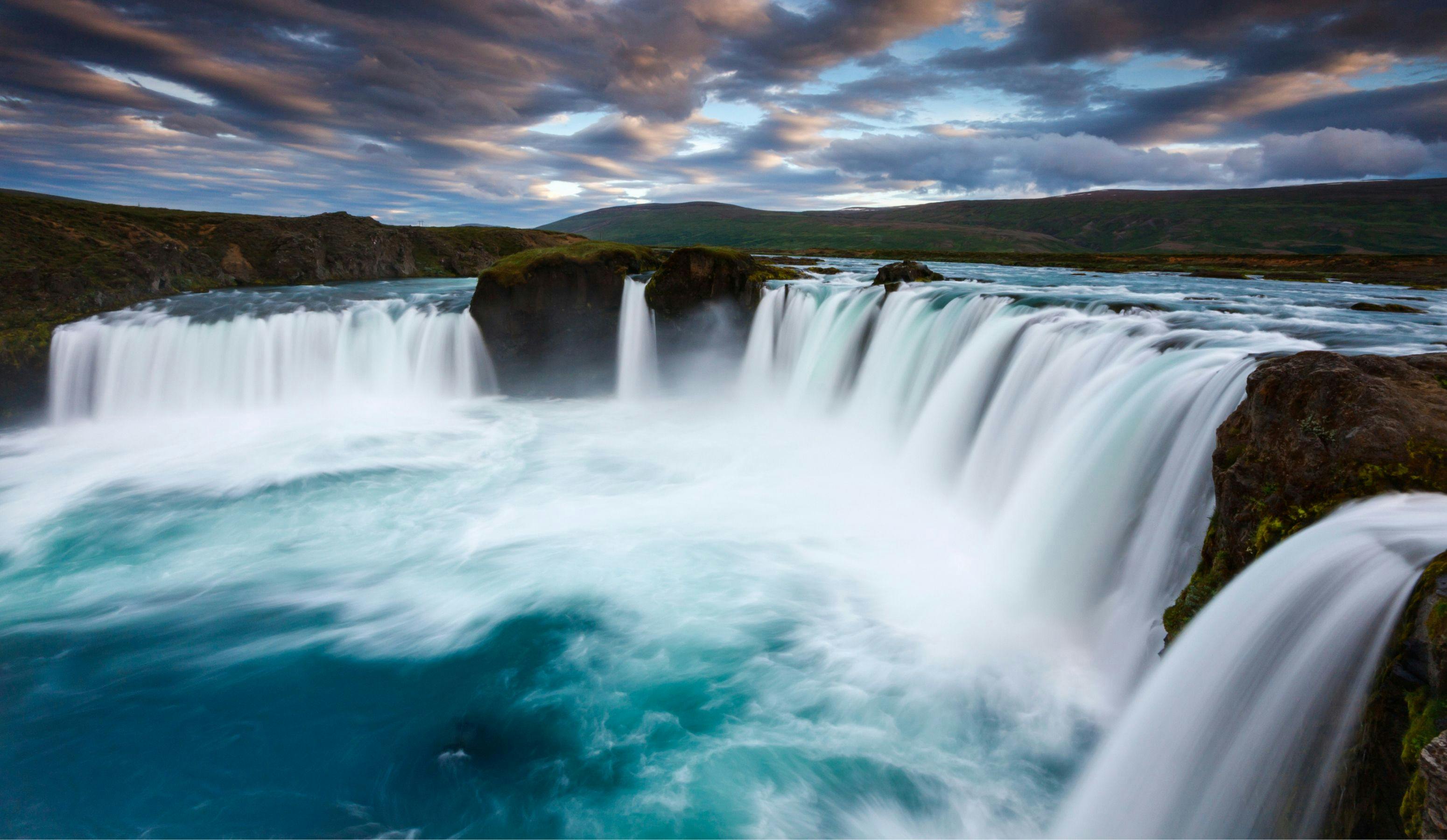
Top 10 Waterfalls You Can't Miss: Exploring Iceland's Spectacular Cascades
Hear from Our Customers
Welcome to Our Community - your hub for insightful reviews and authentic opinions. Join us in shaping the conversation where your voice matters!


